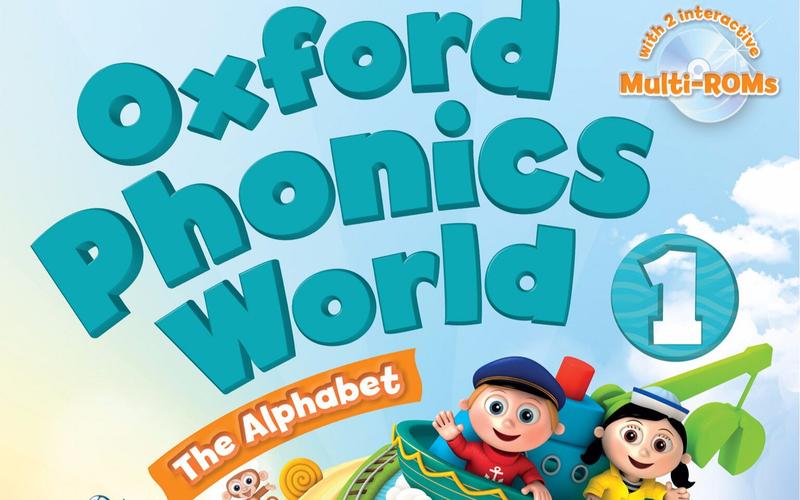Teaching English to children between the ages of 1 and 7 can be a fun and rewarding experience. It is important to use age-appropriate texts and materials to engage young learners and help them develop their language skills. Here are some examples of texts that can be used for English early education:
Nursery rhymes are a great way to introduce young children to the sounds and rhythms of the English language. They are fun to recite and can help children improve their pronunciation and vocabulary. Some popular nursery rhymes include "Twinkle, Twinkle, Little Star," "Old MacDonald Had a Farm," and "Humpty Dumpty."
Picture books with simple and colorful illustrations are perfect for young children learning English. These books not only help children associate words with images but also make reading a more enjoyable experience. Some popular picture books for young learners include "Brown Bear, Brown Bear, What Do You See?" by Bill Martin Jr. and Eric Carle, and "The Very Hungry Caterpillar" by Eric Carle.
Short stories with simple plots and engaging characters are ideal for children aged 4-7. These stories can help children improve their reading comprehension and expand their vocabulary. Some popular short stories for young learners include "The Ugly Duckling" by Hans Christian Andersen and "The Tale of Peter Rabbit" by Beatrix Potter.

Phonics books are designed to help children learn the sounds that letters make and how to blend these sounds together to form words. These books are essential for building a strong foundation in reading and spelling. Some popular phonics books for young learners include the "Bob Books" series by Bobby Lynn Maslen and "Phonics Fun" by Wiley Blevins.
Interactive apps and games can be a fun and effective way to supplement traditional learning materials. There are many apps and games available that are specifically designed to help young children learn English. Some popular English learning apps for young children include "ABCmouse," "Starfall," and "Endless Alphabet."
Songs and rhymes are a great way to make learning English fun and engaging for young children. Singing along to catchy tunes can help children remember vocabulary and improve their pronunciation. Some popular English learning songs for young children include "The Alphabet Song," "Head, Shoulders, Knees, and Toes," and "If You're Happy and You Know It."
Simple conversational dialogues can help children practice speaking and listening in English. These dialogues can be about everyday topics such as greetings, family, food, and animals. Encouraging children to role-play and act out the dialogues can make learning English more interactive and enjoyable.
It is important to create a supportive and encouraging learning environment for young children as they begin their English language journey. Using a variety of texts, materials, and activities can help keep children engaged and motivated to learn. Remember to make learning English a fun and positive experience for young learners!